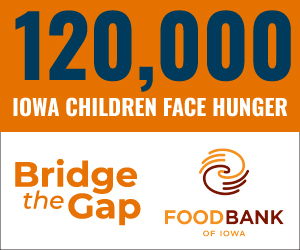Inflation? What inflation?
Wholesale prices fell in February more than anticipated, led by a drop in fuel costs, signaling there are few inflation pressures building in the early stages of the economic recovery, Bloomberg reported.
The 0.6 percent decrease in prices paid to factories, farmers and other producers was the biggest since July and followed a 1.4 percent increase in January, the U.S. Labor Department said today. Excluding food and fuel, so-called core prices climbed 0.1 percent.
The report bears out forecasts Tuesday by Federal Reserve policymakers, who decided to keep the main interest rate near zero for an “extended period,” and said “inflation is likely to be subdued for some time.”
“Disinflation is going to be with us for a while,” Julia Coronado, a senior U.S. economist at BNP Paribas in New York, said in a Bloomberg Radio interview. “That’s going to allow the Fed to stay on hold for a lot longer than the market is expecting.”
Economists had forecast a 0.2 percent decrease in February producer prices, according to the median of 70 projections in a Bloomberg News survey. Estimates ranged from a drop of 0.6 percent to a 0.5 percent increase.
Prices excluding food and energy were forecast to rise 0.1 percent after a 0.3 percent gain the previous month, according to the survey median.
Compared with a month earlier, energy costs dropped 2.9 percent in February, led by diesel fuel and gasoline. The cost of food increased 0.4 percent.
Producer prices are one of three monthly inflation measures reported by the Labor Department. The cost of imported goods decreased 0.3 percent in February, the government said yesterday. It is scheduled to release the Consumer Price Index data tomorrow.








